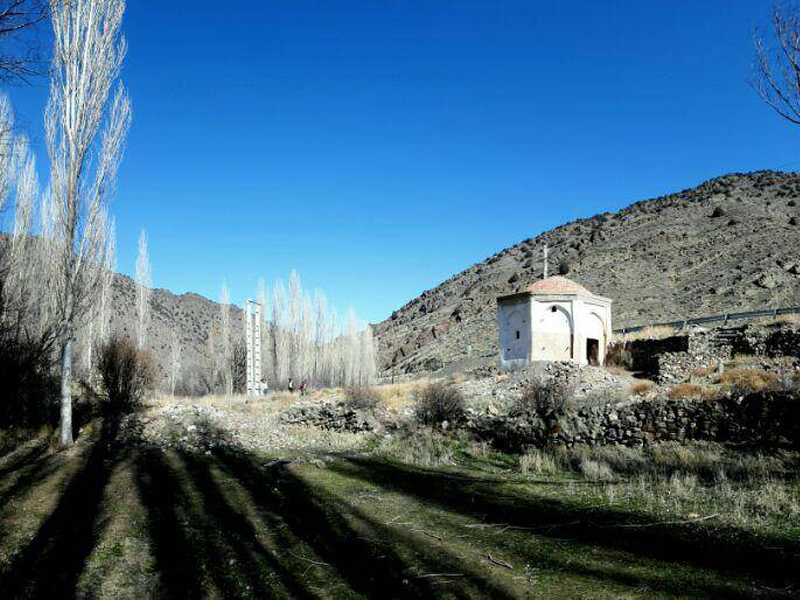Parvar Protected Area, situated approximately 35 kilometers north of Mahdishahr (Sangsar) in Semnan province, stands as a notable part of the region’s conservation efforts. This protected area encompasses a vast expanse of the Aras and Hirkan forests, showcasing the diverse natural wonders of the region. With a perennial river originating from Mount Nizva outside its boundaries, the Parvar Protected Area is a sanctuary for both flora and fauna, offering a unique blend of climatic zones.
Book Iran Air flights from London to Tehran and Tehran to London with Eligasht UK:
introduction
Although Parvar may appear small in size, it boasts an abundance of natural resources within its compact region. This area is characterized by a diverse landscape, featuring expansive plains enveloped by lush mountains adorned with trees. The protected area of Parvar comprises three distinct conservation zones: Sidua, an open plain; Roudbarak, a forested area; and Sartange Parvar, known for its striking tall rocks and narrow passages. Parvar is also situated near the Boland Protected Area and the Doudange Wildlife Sanctuary while being conveniently located near the Kiasar National Park. Such close associations highlight the significance of this valuable habitat within the country. Parvar benefits from a semi-arid to cool temperate climate, with elevations ranging from 1,190 to 3,300 meters across its plains and mountains. This varied climate has fostered a remarkable biodiversity within the Parvar protected area.
The Ecological Diversity
Parvar Protected Area boasts three distinct climatic zones, each contributing to its ecological diversity. The forested region of the area showcases lush greenery, providing a haven for a variety of plant and animal species. The mountainous terrain adds an element of rugged beauty, with stunning vistas and unique wildlife encounters. Additionally, the semi-desert (Seydoua) area exhibits a contrasting landscape, characterized by its arid beauty and the ability of resilient species to thrive in such conditions.
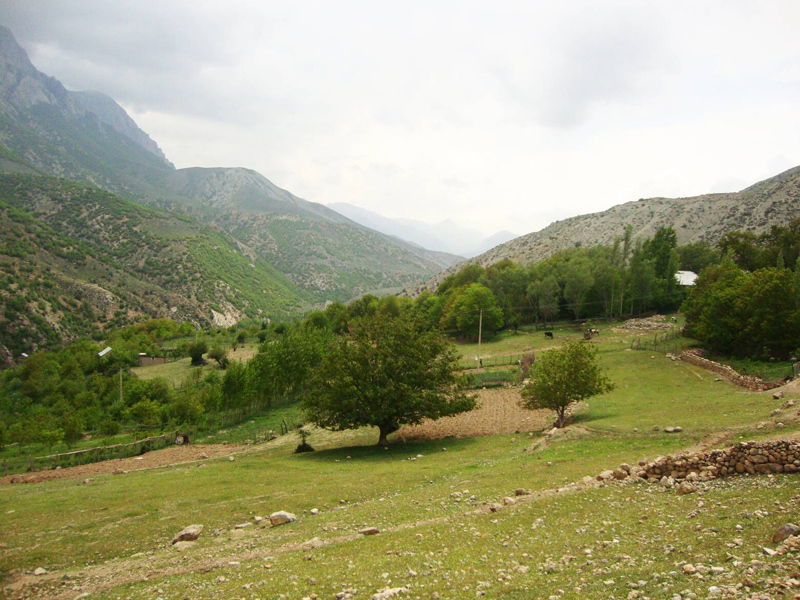
Faunal cover of the protected area of Parvar
Within the Parvar protected area, you can encounter a total of 39 mammal species, belonging to 35 genera, classified into 14 families across 5 orders. This area’s ecological importance is evident as it harbors six out of the seven mammal orders found in arid regions, accounting for approximately one-fourth of the mammal species in the country. Some notable mammals inhabiting this area include the Maral deer, wild goat, Persian leopard, brown bear, lynx, black-eared wheatear, caracal, Persian wildcat, wildcat, jackal, sheep, and goat, fallow deer, wolf, red fox, badger, porcupine, otter, and Tajik hare.
Maral deer
Maral, also known as the Persian Red Deer, is one of the most fascinating animal species found in the Parvar protected area. Spotting a Maral can be quite challenging and requires a significant amount of time and patience. Interestingly, if you hear the word “cow” from the park rangers, they are likely referring to the Maral, as it is locally known as “Gav” or “Gavkoohi”.
Wild Goat
Another intriguing species found in the Parvar protected area is the Wild Goat and Ibex, also known as “Pazan” These majestic creatures can often be spotted near the roads during the day, adding to the allure of the area.
These captivating animal species found in the Parvar protected area contribute to the rich biodiversity and make it a truly remarkable destination for nature enthusiasts and wildlife lovers. Exploring this unique habitat provides an opportunity to witness the beauty and diversity of these creatures in their natural environment.
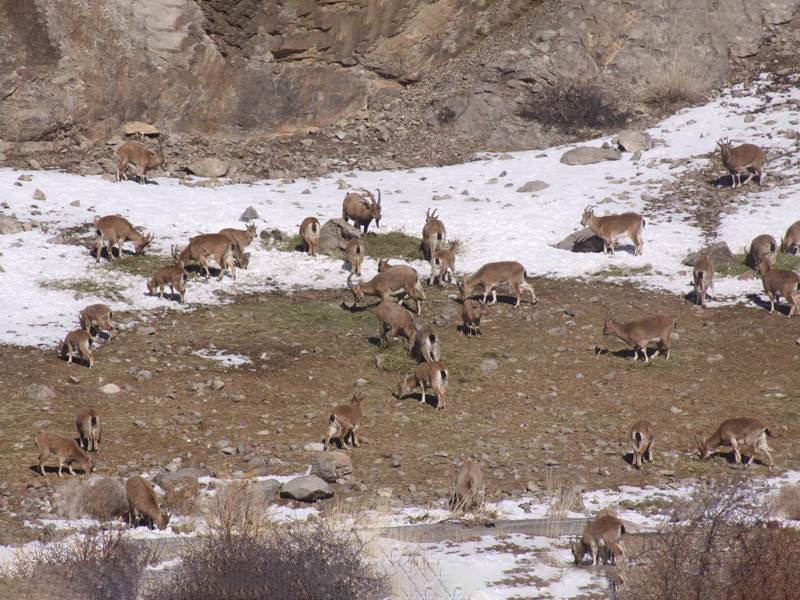
Birds and reptiles of the Parvar Protected Area
The Parvar protected area also serves as a haven for various bird species. Among them are the black partridge, gray partridge, eagles, bustard, pheasant, hoopoe, golden eagle, owl, red-breasted flycatcher, and a diverse array of hunting birds. Additionally, reptiles and amphibians such as snakes, Persian toads, various Agamas, geckos, turtles, and several lizard species can be found in Parvar.
Jafari Snake
The Jafari Snake is another remarkable species found in the Parvar protected area. Considered one of the most venomous snakes in Iran, it possesses a fascinating defensive mechanism. When it feels threatened, Jafari Snake attacks with great speed and twists its body, creating a sound similar to water splashing on a very hot surface.
Persian Horned Viper
The Parvar protected area is also home to the Kafcha Mar or Persian Horned Viper, which is the largest venomous snake in southwestern Asia. This snake measures about 165 centimeters in length and exhibits a unique behavior when it senses danger. It spreads its neck wide and lifts the front part of its body off the ground, showcasing its intimidating presence.
Attractions and Cultural Heritage
Beyond its natural splendor, the Parvar Protected Area is dotted with charming villages, each offering a glimpse into the local way of life and traditional practices. Visitors have the opportunity to witness the rich cultural heritage of the region, which is intricately intertwined with its natural surroundings. Historical structures and artifacts further enhance the experience, providing a deeper understanding of the area’s historical significance.
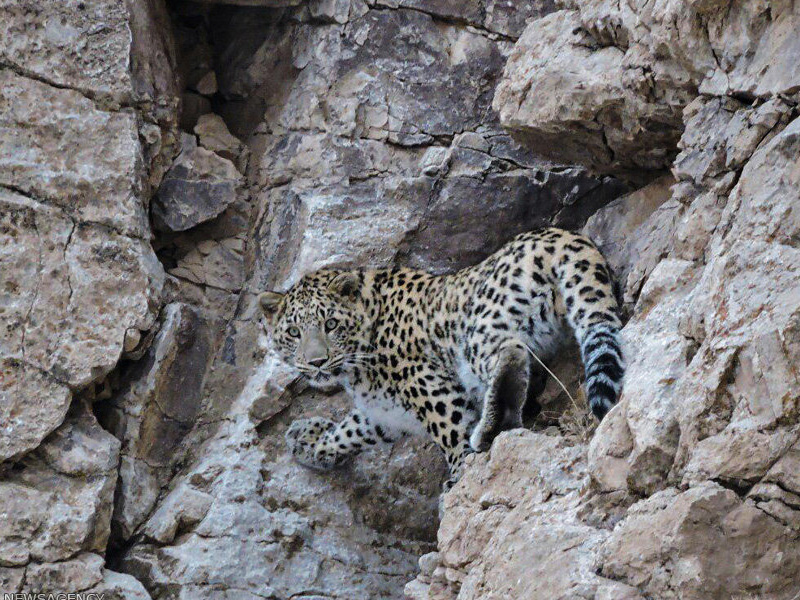
A Glimpse of the Water Resources
Parvar boasts essential water sources, including rivers, springs, and aquifers. The region is dotted with seasonal rivers that usually flow throughout most of the year. The prominent Sefidroud River, originating from the heights of Nizwa, holds significant importance in this area. Tang-e Kavord and Roudbarak rivers, considered tributaries of the Sefidroud River, also enrich Parvar’s water resources.
Numerous springs grace the Parvar protected area, with notable ones including Roudbarak Spring, Abshar Spring, Siahroodbar Spring, Vian Spring, Liseh Spring, Finesk Spring, and more. Marno Waterfall, Sefidkhak, and Chehelno are noteworthy aquifers found in the area.
Accessing the Parvar Protected Area
To reach the Parvar protected area, start your journey north from Semnan city and follow the Mahdishahr road. After passing through Shemirzad on the Kiasar road, continue towards Fooladmahalleh. Once you reach Garmkesh, approximately 34 kilometers from Shahmirzad, change direction towards Parvar village.
Precautionary Points for Visiting the Parvar Protected Area
1- Respect the Rules and Regulations: Familiarize yourself with the rules and regulations of the Parvar protected area before your visit. Follow them strictly to ensure the preservation of the environment and the safety of both wildlife and visitors.
2- Inform Others: Let someone know about your visit to the Parvar protected area, including your planned itinerary and expected return time. This will help authorities locate you in case of an emergency.
3- Stay on Designated Trails: Stick to designated trails and paths while exploring the area. Straying off the designated paths can disturb the delicate ecosystem and potentially harm wildlife habitats.
4- Wildlife Interaction: Observe wildlife from a safe distance and avoid disturbing or feeding them. Do not attempt to touch or approach wild animals, as it can be dangerous for both you and the animals.
5- Waste Management: Carry a small trash bag with you and ensure that you leave no trace behind. Dispose of your waste properly in designated bins or carry it back with you.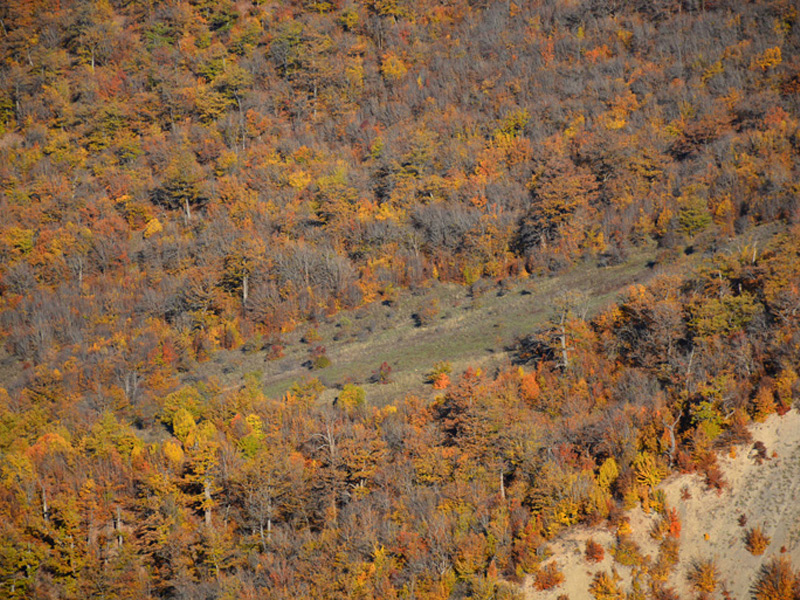
6- Campfire Safety: If camping is allowed in the Parvar protected area, follow proper campfire safety guidelines. Only use designated fire pits, keep fires small, and extinguish them completely before leaving the area.
7- Weather Awareness: Be aware of the weather conditions and forecasts for the area before your visit. Dress appropriately and carry necessary supplies such as sunscreen, hats, and sufficient water to stay hydrated.
8- Emergency Preparedness: Carry a basic first aid kit and familiarize yourself with basic first aid procedures. Additionally, have a fully charged mobile phone and emergency contact numbers readily available.
9- Local Guidance: If available, seek guidance from local guides or authorities who are familiar with the Parvar protected area. They can provide valuable insights and ensure a safer and more enjoyable experience.
10- Environmental Conservation: Respect the natural environment and avoid activities that may harm the ecosystem, such as littering, picking flowers, or damaging vegetation. Be a responsible visitor and help preserve the beauty of the Parvar protected area for future generations.
11- the primary goal when visiting a protected area like Parvar is to appreciate and enjoy nature while minimizing our impact on the environment. By following these precautionary points, you can have a safe and memorable experience while contributing to the conservation efforts of the area.
Related post
Travel guide to the Maranjab Desert
Untamed Beauty: Witnessing the Raw Magnificence of Deserts in Iran
Final words
This article provided an introduction to the pristine nature of the Parvar protected area. It highlighted the geography and water resources that contribute to the area’s unique charm. Parvar Area, nestled within Semnan province, is a testament to the region’s commitment to preserving its natural heritage. This pristine conservation area, encompassing the Aras and Hirkan forests, offers a diverse array of ecosystems and climatic zones. From dense forests to majestic mountains, and even the captivating semi-desert landscape, this Area is a sanctuary for both nature enthusiasts and those seeking cultural immersion. By protecting this precious ecosystem, the region ensures the preservation of its unique flora, fauna, and historical legacy for generations to come. We hope you have found this article informative and enjoyable to read.
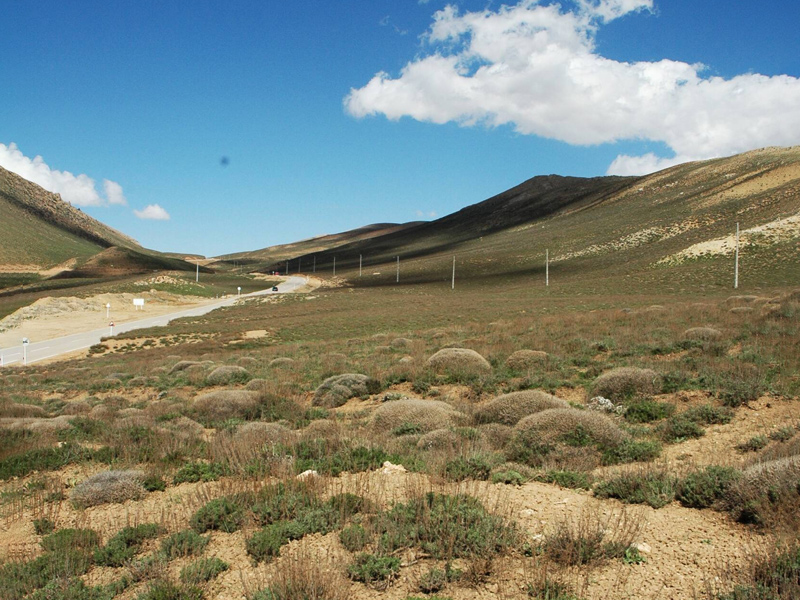
FAQ
1- What is a Parvar Protected Area?
Parvar Area is a designated conservation zone located in Semnan province, known for its diverse and pristine natural environment. It encompasses various habitats, including plains, forests, and rocky areas, and is home to a rich array of wildlife.
2- What are the main attractions in Parvar Area?
Parvar Area offers a range of attractions for nature enthusiasts. Some of the main attractions include the Maral deer, wild goats, Persian leopards, diverse bird species, scenic water resources such as rivers and springs, and unique reptiles and amphibians.
3- Can I camp in the Parvar Protected Area?
Camping may be allowed in designated areas within the Parvar Area. However, it is essential to check with the local authorities or park management for specific guidelines and regulations regarding camping, including permitted locations and necessary permits.
4- Are there guided tours available ?
Guided tours may be available in this Area, providing visitors with an opportunity to explore the area with the assistance of knowledgeable guides. These tours can enhance your experience by providing insights into the area’s ecology, wildlife, and conservation efforts.
5- How can I reach the Parvar Protected Area?
this Area is accessible by road. To reach the area, you can start from Semnan city and follow the Mahdishahr road. After passing through Shemirzad on the Kiasar road, continue towards Fooladmahalleh. From there, you can proceed towards Parvar village. It is advisable to use a map or GPS navigation to ensure a smooth journey.
